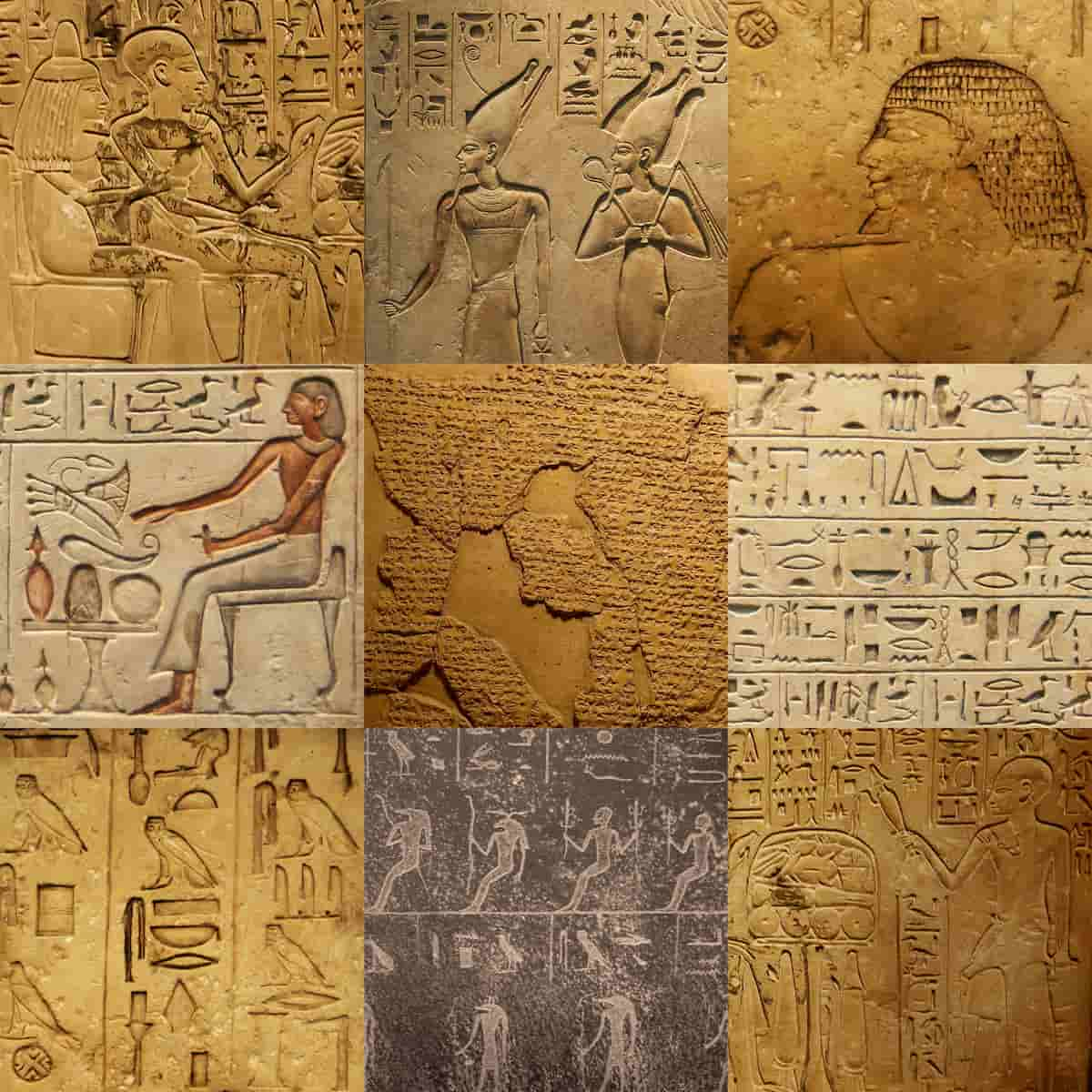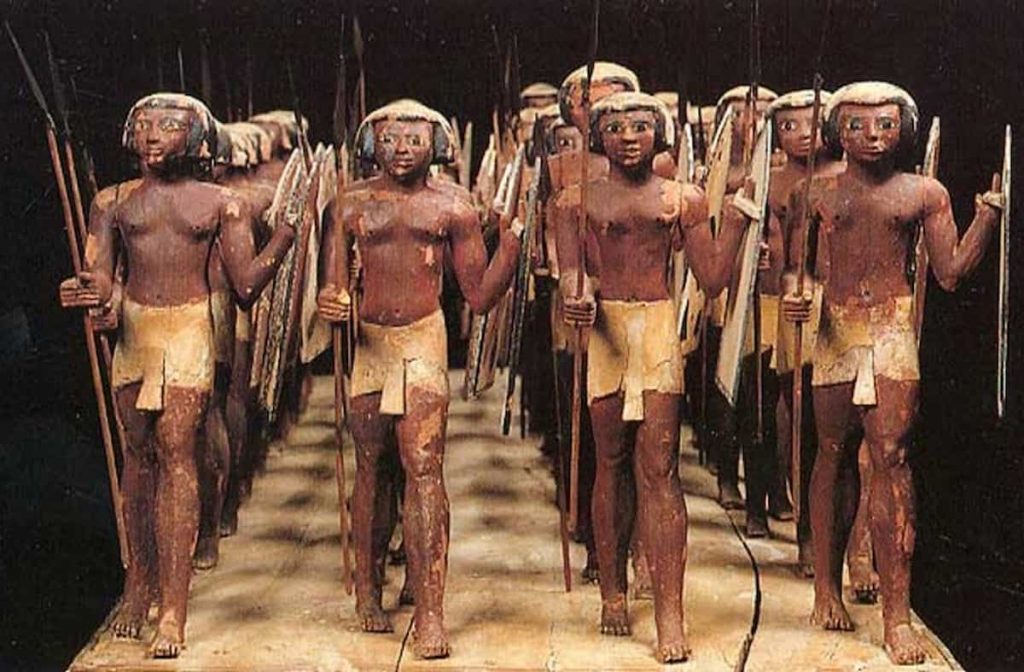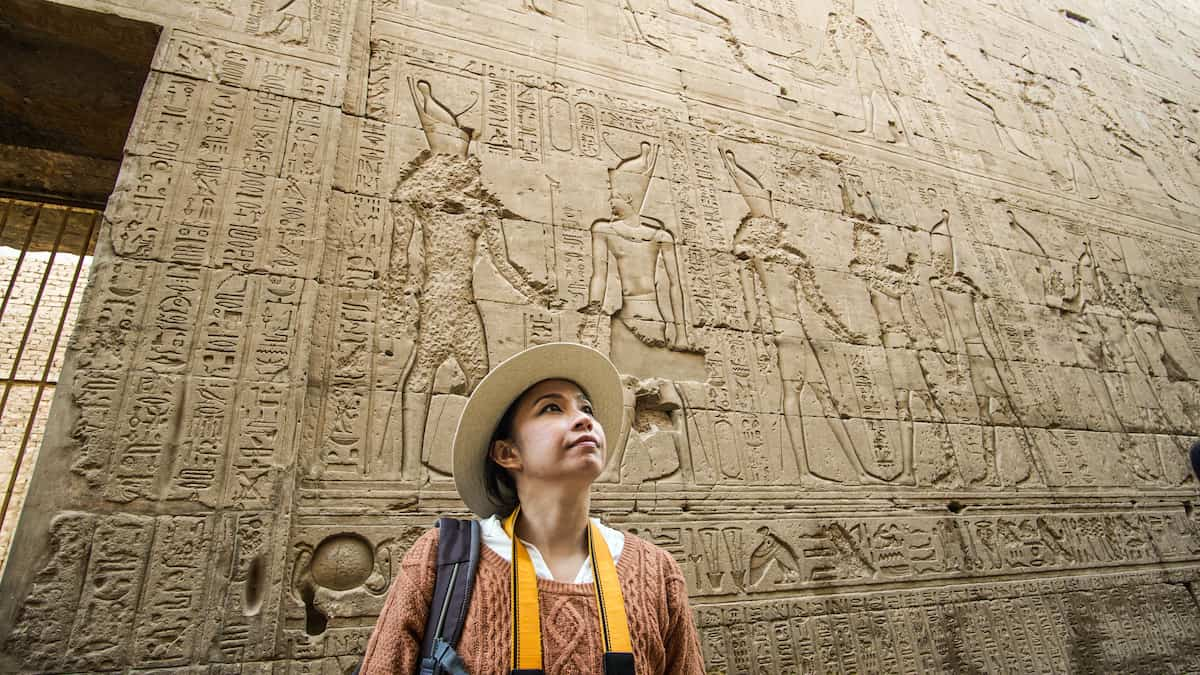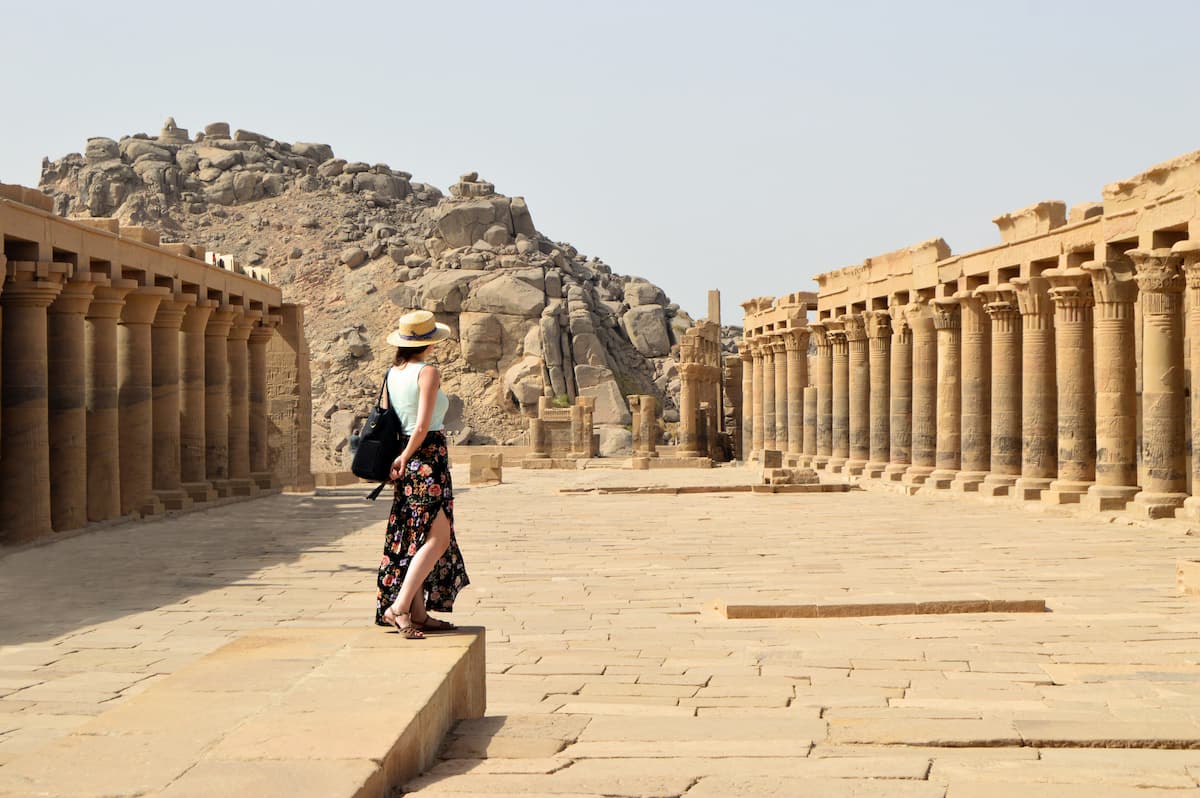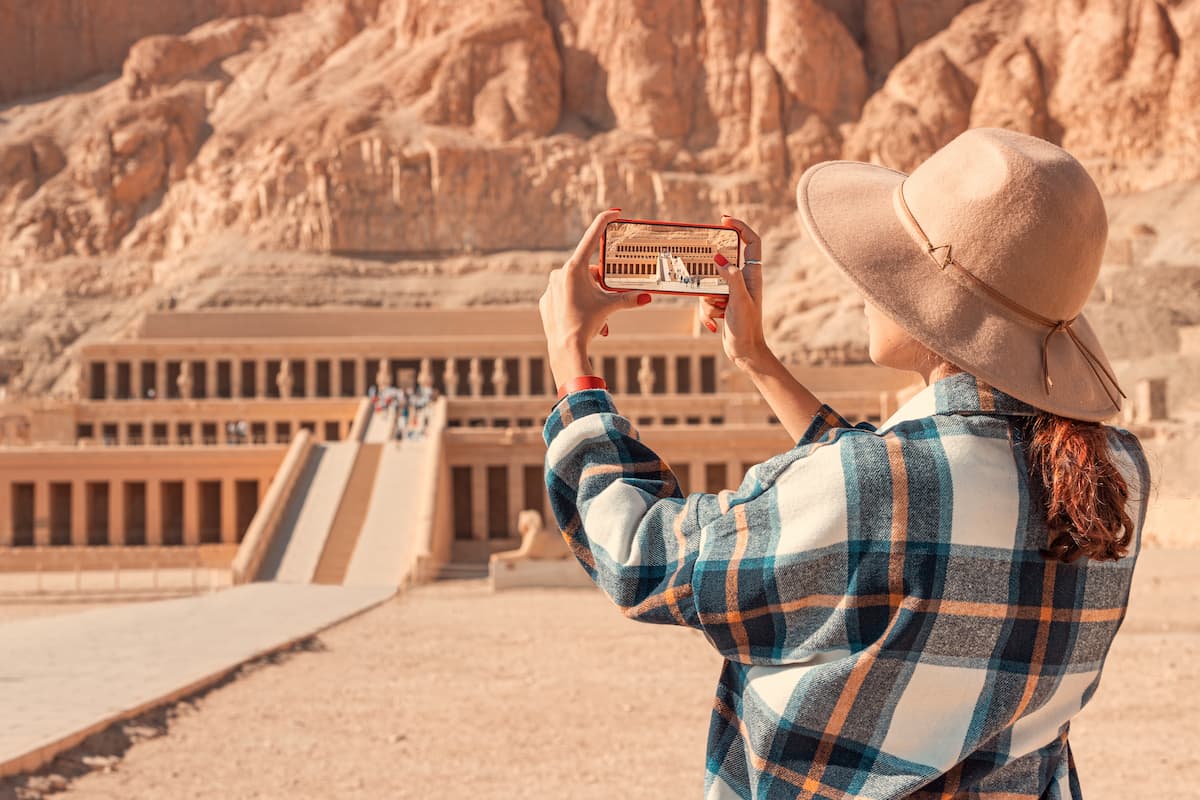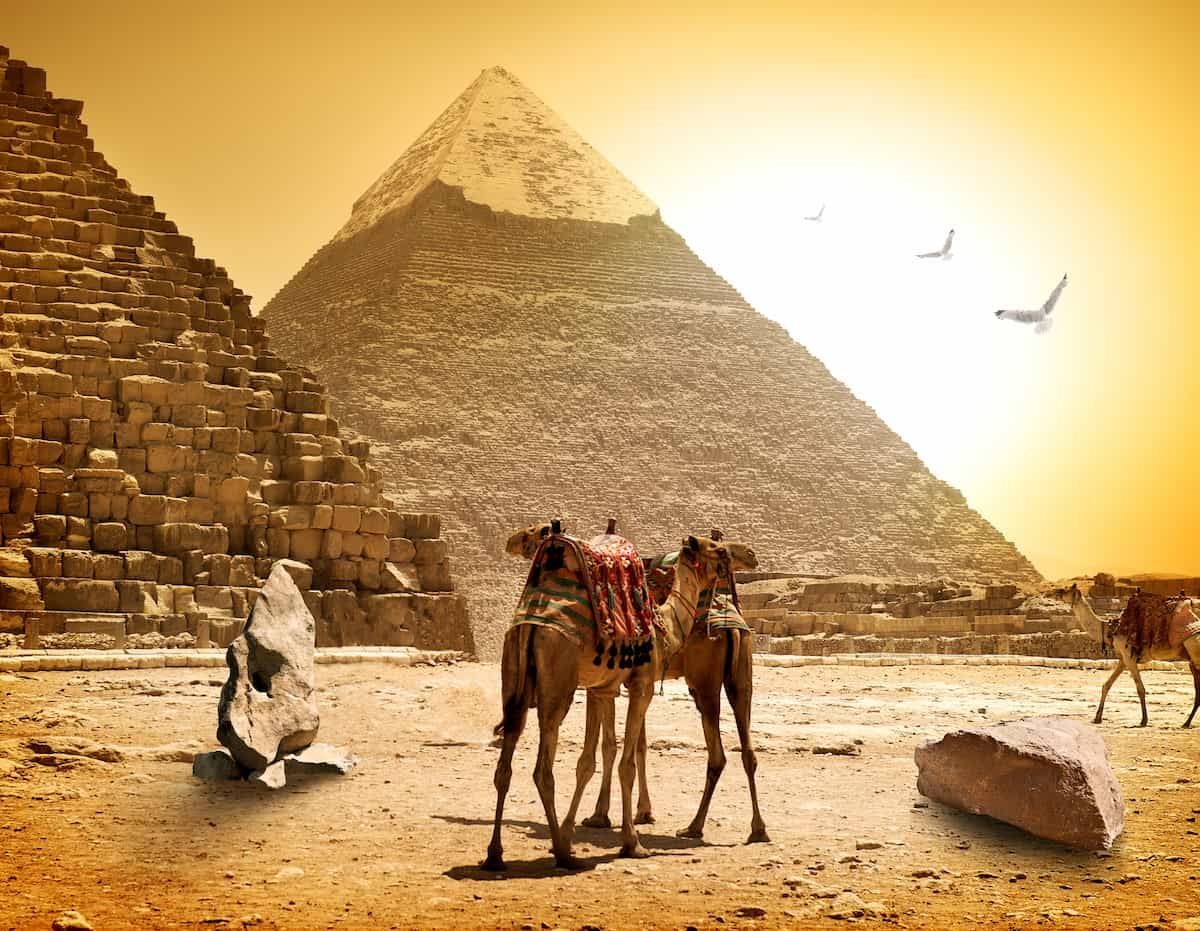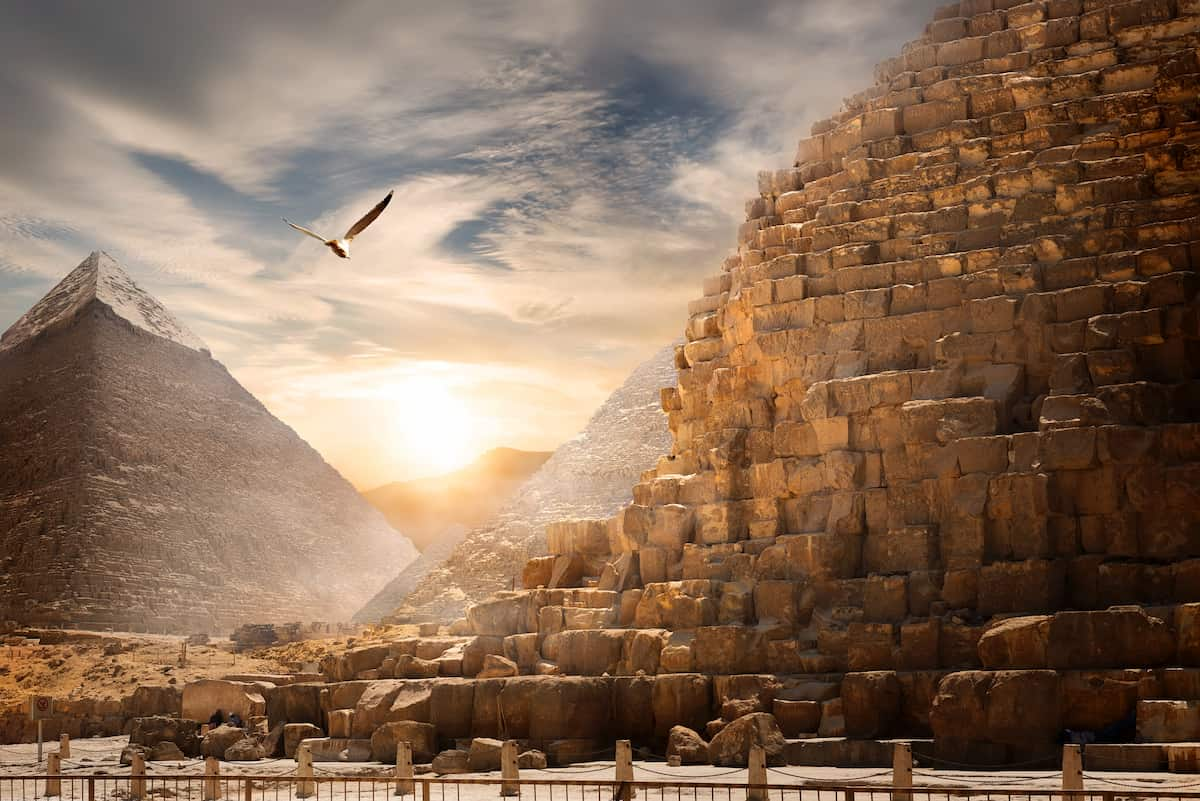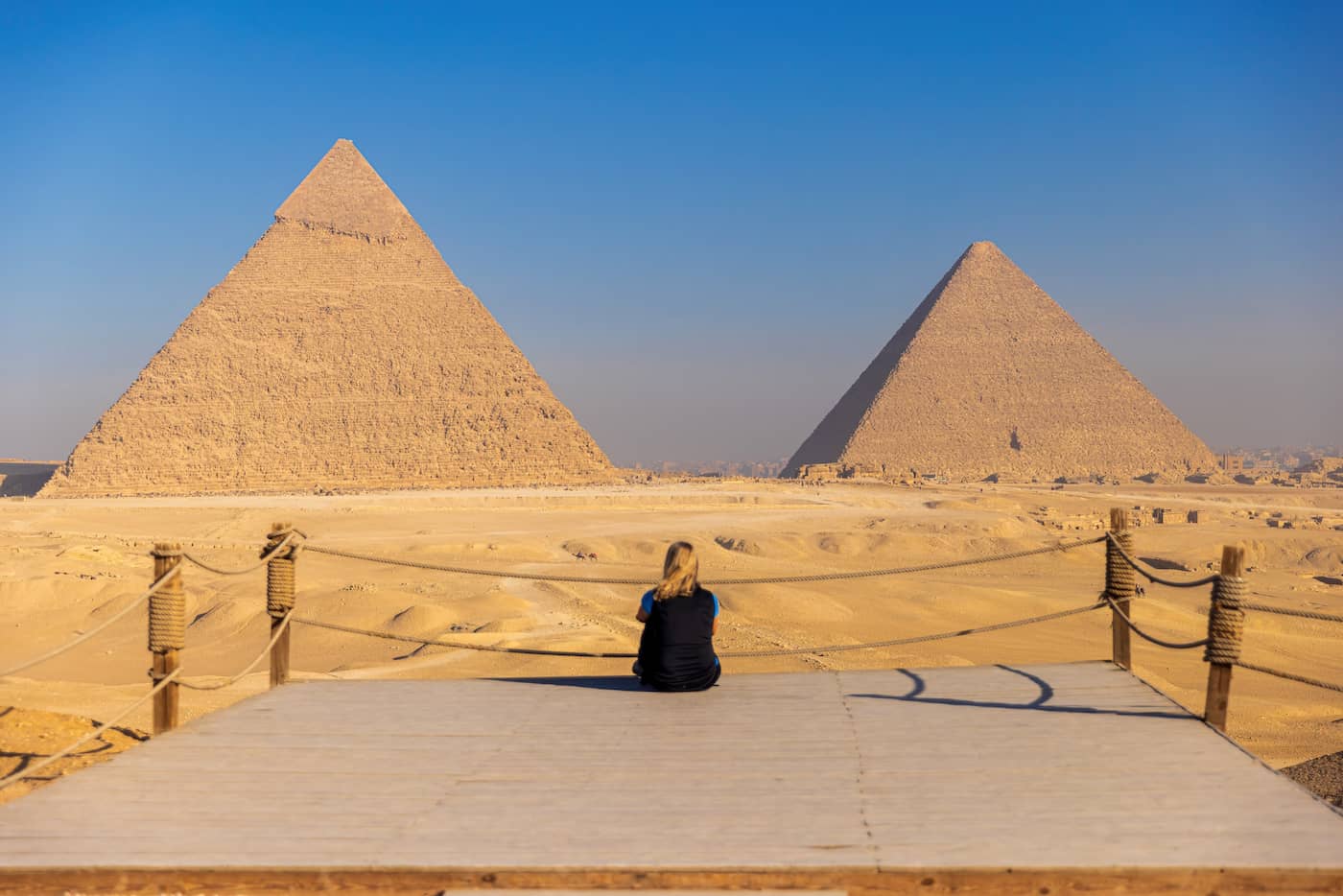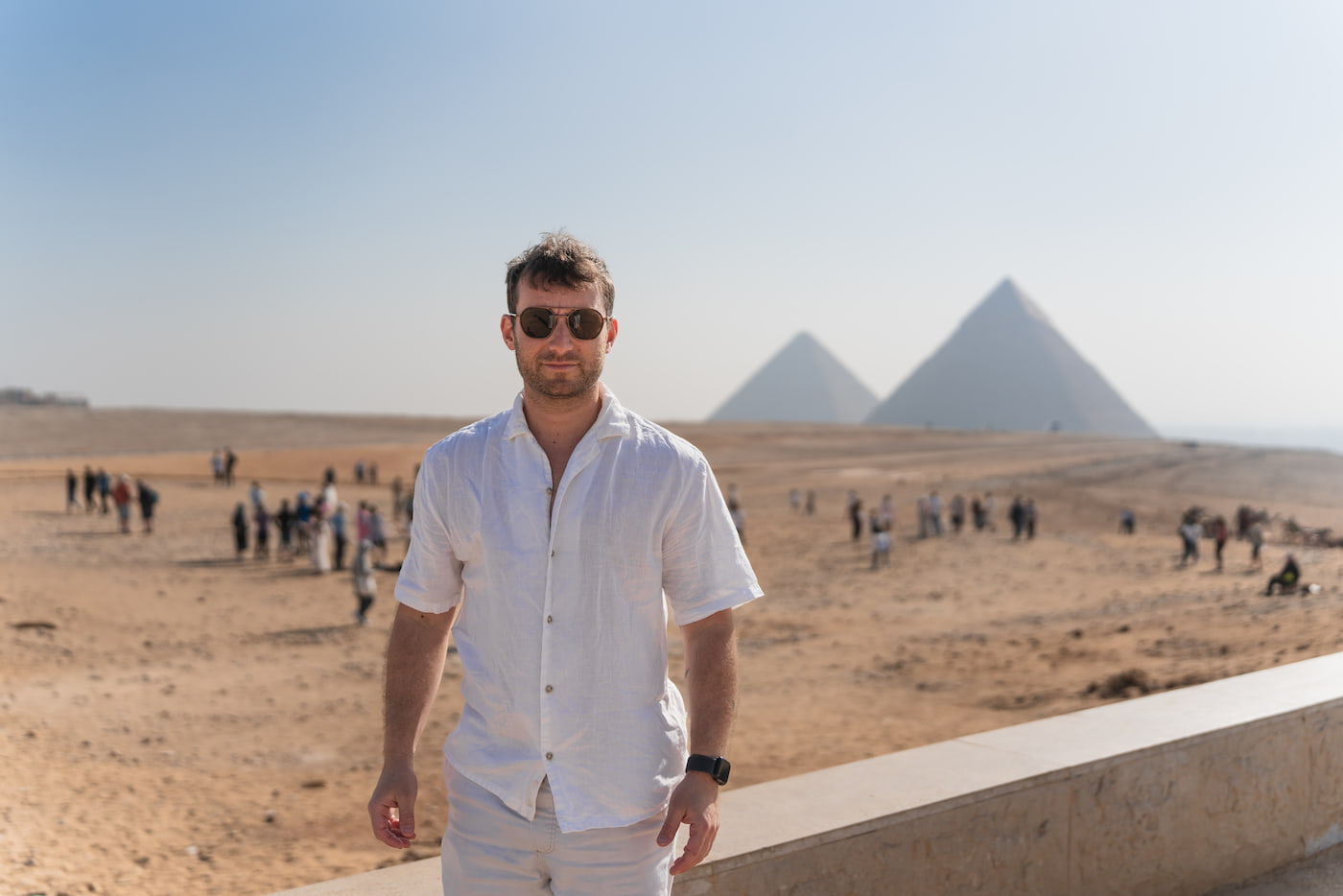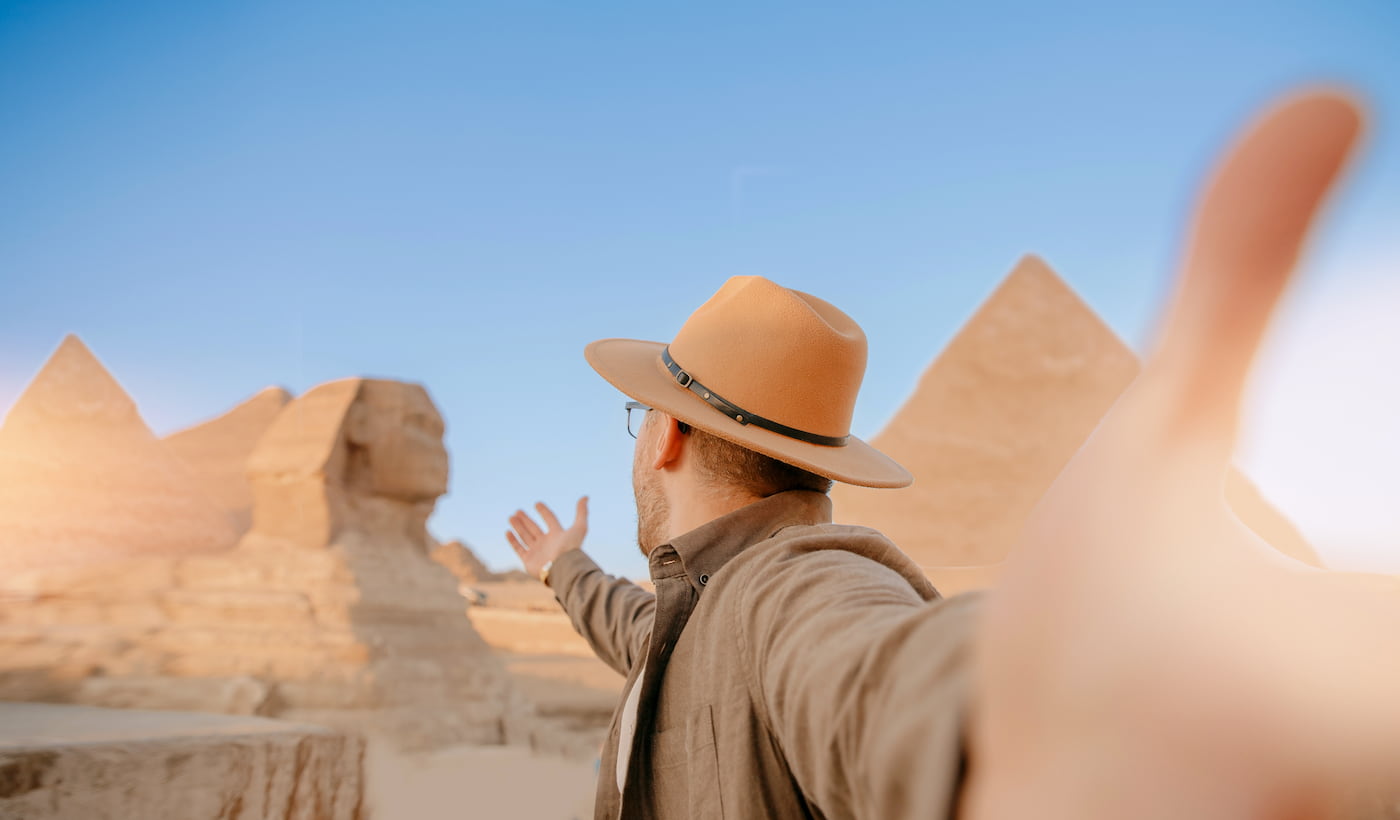Discover Everything You May Need To Know About The Ancient Egypt Civilization: A complete Guide
The Ancient Egypt Civilization is primarily said to have appeared more than 5,000 years ago, along the Nile River, which helped in the rise of this civilization and its evolution. Moreover, this ancient civilization was located in Northeastern Africa and developed over three thousand years. The regular floods of the Nile kept the ground fertile for farming, ensuring food supply and consequently, population growth and hence, complex social formations.
Ancient Egypt Civilization was known for its monumental architecture, deep-rooted religion, and advancements in writing, science, and the arts. From the uniting of Upper and Lower Egypt in about 3100 BCE to the conquest of Egypt by Alexander The Great in 332 BCE, the civilization of Egypt has left a legacy that, till today continues to intrigue historians, archaeologists, and travelers alike. Its location between Africa and the Middle East made Egypt a historical land for trade, culture, and innovation. This setting would serve as the background for one of the most influential civilizations in the history of mankind.
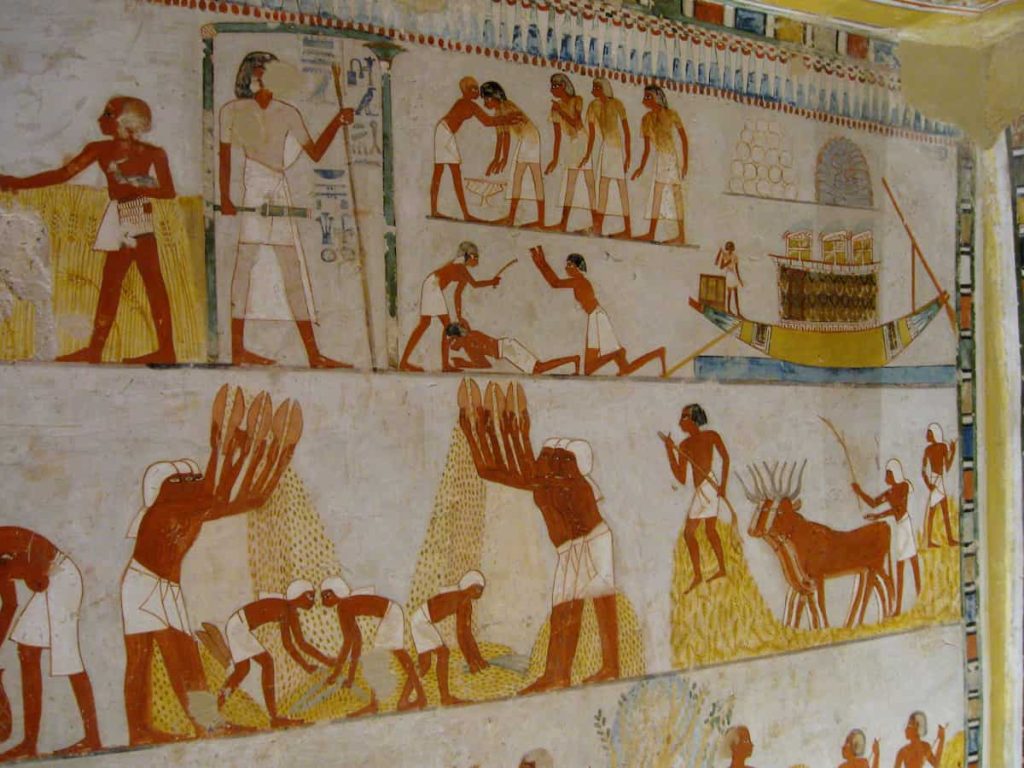
1. Timeline: How Long Did the Egyptian Civilization Last?
The Egyptian Civilization, having a life span of over 3,000 years, has been considered one of the most influential civilizations throughout human history. This long period is divided into a few larger periods, each with its own inventions and challenges. It began with the Pre-Dynastic Period c. 5,000 BCE, when a small group of farmers began to appear along the fertile, life-giving banks of the Nile River.
These little villages became unified and raised kings; hence the creation of the Egyptian state around 3100 BCE. The Old Kingdom, or the age of the Pyramids, is the period of time when the great pyramids of Giza and a strong central government were established (2686–2181 BCE). Having witnessed a decline for a while, the Middle Kingdom (2055–1650 BCE) restored unity and stability to the land and promoted arts, literature, and trade.
The great New Kingdom (1550–1070 BCE) made Ancient Egypt Civilization an Empire with famous rulers such as Hatshepsut, Akhenaten, Tutankhamun, and Ramses II. Lastly, the Late Period (c. 664–332 BCE) was more of a time of foreign invasions from the Assyrians and Persians until Alexander the Great came, turning ancient Egypt into a Greek rule. Despite these transitions, the core identity of Egyptian civilization, its language, religion, and culture, remained influential for centuries.
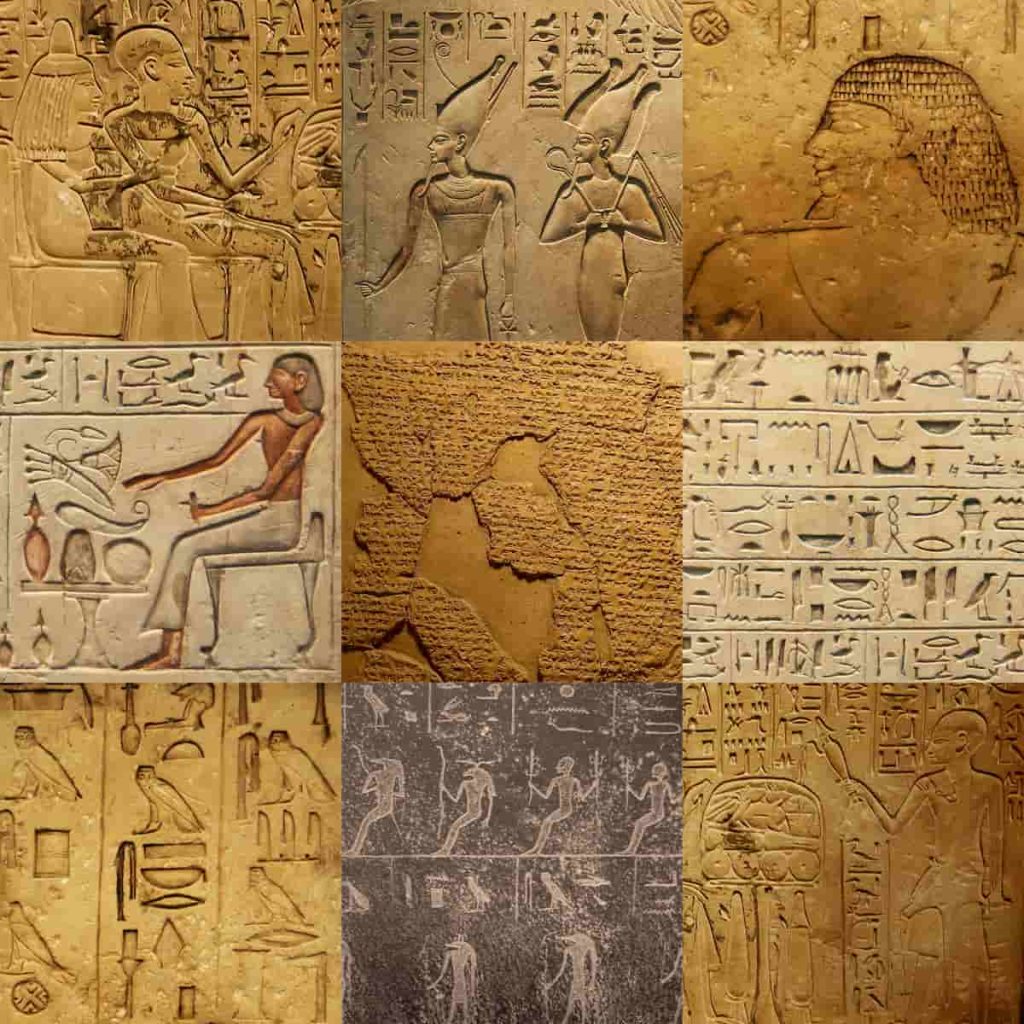
2. Where Was The Location Of Ancient Egypt?
Ancient Egypt located mostly along the River of The Nile, this amazing location of ancient Egypt on the northeastern side of Africa gave it very strategical place. Similarly, its geography extended from the Mediterranean Sea Southern-side, which aline North side of Egypt to the First Cataract of the Nile on the Southern boarders of Egypt. This cataract is now in Aswan city, one of the best cities in Egypt. On the east were the Red Sea and the Sinai Peninsula. This established a connection between Egypt and the Middle East.
To the west lay the great expanse of the Libyan Desert. A narrow strip of arable land of the fertile Nile River valley and delta shielded Egypt to some extent from encroachments by deserts and supported the rise of one of the oldest and celebrated civilizations in history.
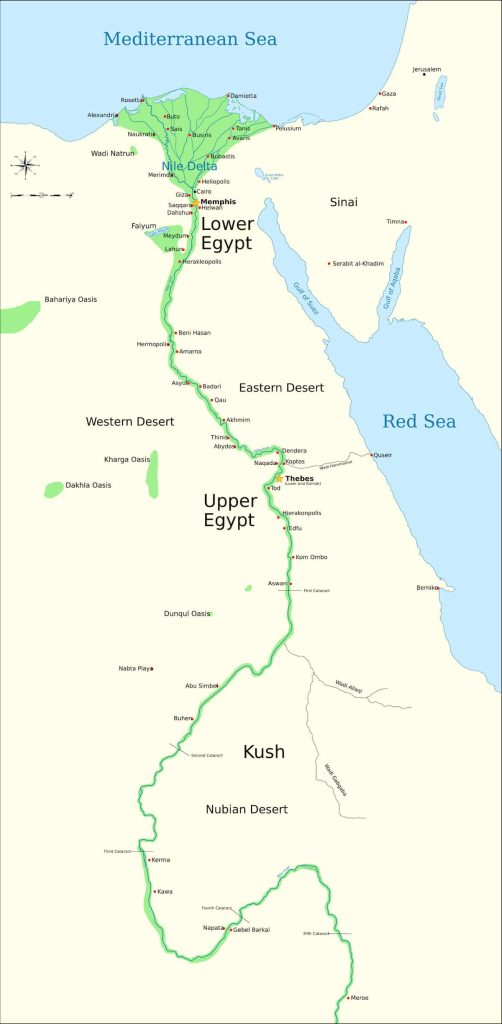
3. Geography and Natural Resources of Ancient Egypt
The geography of ancient Egypt around the Nile played a crucial role in shaping every aspect of its civilization. The Nile used to flow through a very narrow valley toward the north and empty into the Mediterranean Sea. So it was more than just a river: it was the lifeblood of Egypt. The annual floods brought black silt into the farmlands, which were then used for the irrigation of crops. Other than wheat, barley, flax, and papyrus were grown to sustain a population and free lands for urbanization and complex civilization.
The fertile Nile Valley contrasted starkly with desert landscapes that acted as natural barriers against frequent invasions and also helped preserve monuments and tombs for the past few thousand years. The Nile also provided the main pathway for transportation and trade, linking Upper and Lower Egypt and promoting the free flow of goods, people, and ideas. Goods would find their way to neighboring lands such as Nubia and the Levant on boats of papyrus or wood, either as grain or precious metals, or luxury items.
The river also molded religious beliefs, associating much fertility, water, and sun-god traditions with its landscape. Simply put, Egypt’s geography. Especially, the Nile and its natural resources were the foundation of its strength, prosperity, and long-lasting cultural legacy.

4. Pharaohs and Government Structure
The pharaoh was considered the highest ruler of ancient Egypt and was the entity that represented kingship and godliness. They believed the gods had chosen the pharaoh for the task of keeping balance in the world. He was head of everything from making laws, leading the army, and ensuring food supply and farming to conducting religious ceremonies. The pharaoh was supposed to guarantee the flooding of the Nile River in each passing year, and this was good for farming. Along with him, there was a chief assistant who was called the prime minister of Egypt.
He takes care of the administration, tax collection, courts, and important building projects. Below were many workers, writers, judges, and governors. Egypt’s history is divided into different dynasties, mainly family lines of pharaohs that ruled consecutively. While each dynasty had its rulers, some gained fame for building pyramids, winning wars, or making peace. Through this system, Egypt remained strong for thousands of years.
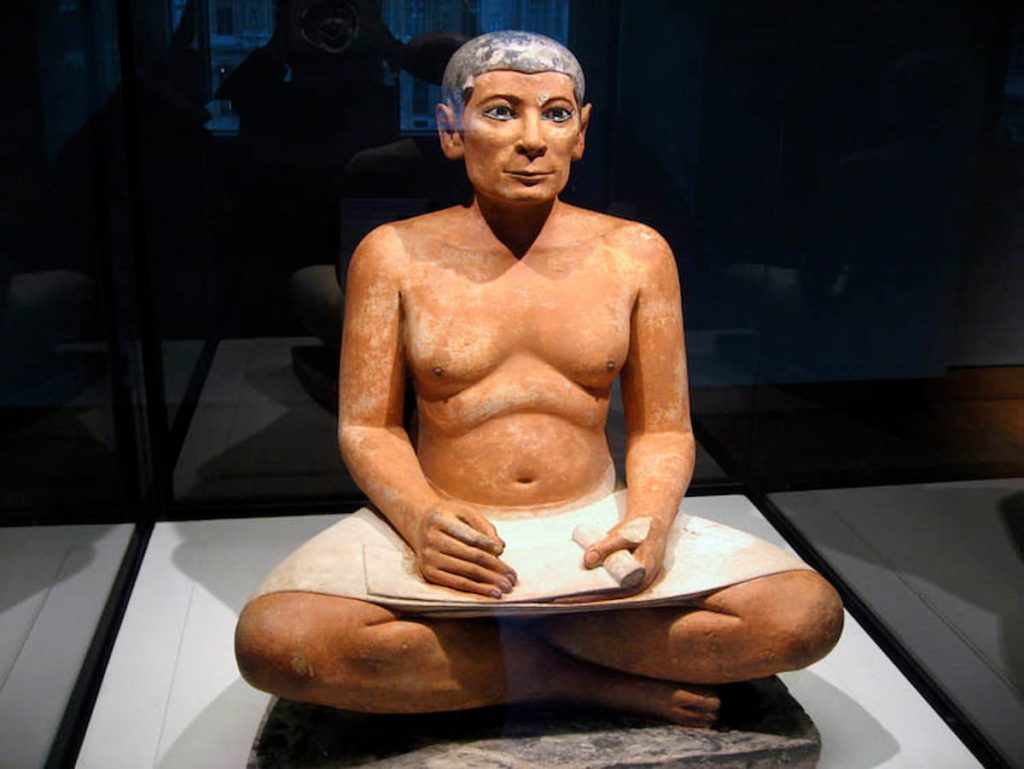
5. Religion and Mythology in Egyptian Civilization
Religion and mythology are the core of Egyptian civilization, as this type of commitment shows how people lived, worked, and thought. The ancient Egyptians were polytheists, believing in the existence of numerous gods and goddesses, each with special powers and a particular role in the cosmic system of events. Ra, the sun god, was one of the most important deities, for he was believed to sail across the sky along with the sun during the day and through the underworld at night. Osiris, the god of the afterlife, ruled over the dead and gave promises of rebirth to the living after death. Through his magic of healing and with energy, his wife, Isis, was considered a family protector.
The afterlife was one of the most significant parts of their whole belief system. Egyptians believed that if a person lived a good life and observed all the rules, a peaceful being awaited him after death. That journey was aided by blessings from ancient spells and gifts such as food and jewelry that were buried alongside the deceased.
Temples honoring the gods existed all over Egypt; these places were provided to the priests to carry out rituals, bestow gifts, and keep the gods’ statues clean and well-fed. These religious rituals, along with their participation, allowed them to forge close relationships with the gods, hoping for favor from them both in life and death. Egyptians taught themselves to explain nature, death, and their place in the world through religion.
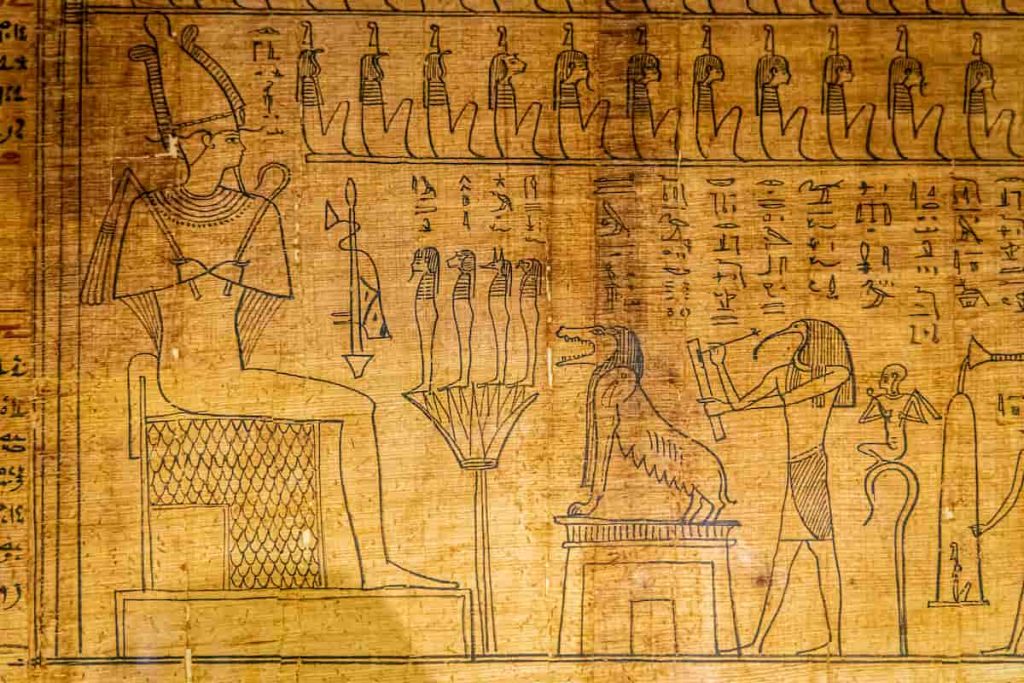
6. Achievements in Architecture and Engineering of Ancient Egypt Civilization
The ancient Egyptians performed construction and engineering accomplishments that still earn the admiration of the modern world. Their most famous Egyptian architectural achievements are the Pyramids, especially the Great Pyramid of Giza, constructed as tombs to protect the bodies and treasures of the pharaohs in the afterlife. These structures required master planning, skilled workers, and knowledge of mathematics and geometry.
Great temples were built to honor the gods, with massive columns supporting the structure and having immense sculptured carvings. The building of obelisks was also a great achievement, with these tall, thin stone monuments marking the temple gates and serving as symbols of the sun’s rays.
Irrigation systems that the Egyptians built were quite advanced for their time, controlling today’s annual floods of the River Nile. They had canals, dams, and bays to slow the water to their lands, thus beginning to farm during dry times. These engineering skills made Ancient Egypt Civilization successful, to feed its people and build monuments that far outlast mankind’s age. Thus, their architecture and engineering reveal the advanced and well-organized nature of their civilization.
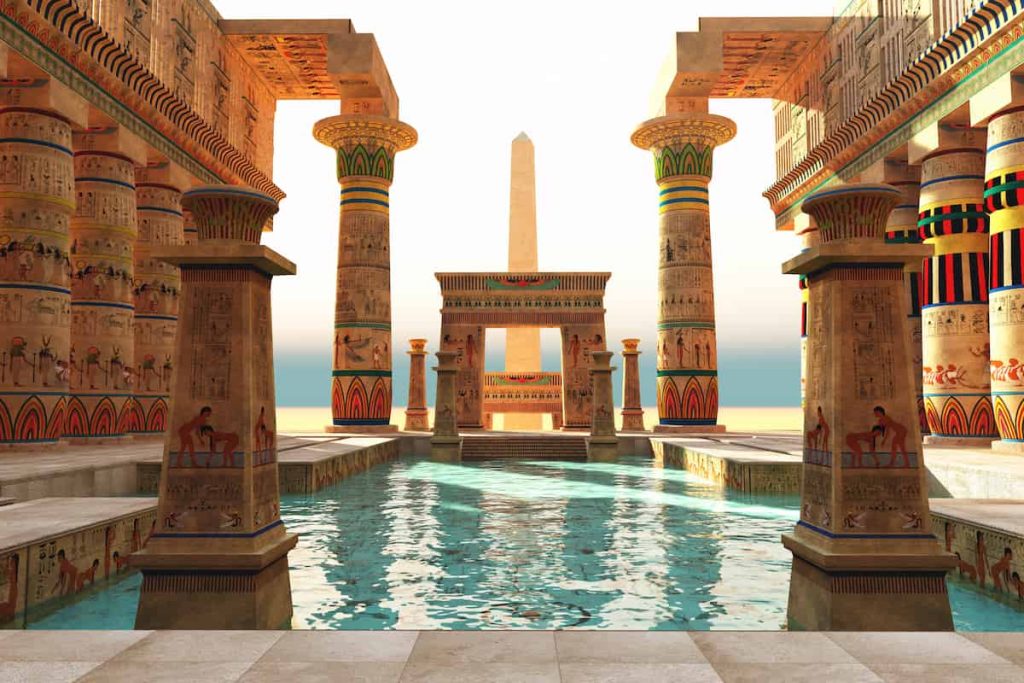
7. Daily Life in Ancient Egypt Civilization
With the Nile River and agricultural necessities setting everything else in place, day-to-day life revolved around agriculture until Pharaonic times in Ancient Egypt. While the normal person ate very simple food and few luxuries such as bread, beer, onions, and fish, the wealthy could feast on any kind of meat, fruit, and dessert available. Clothes were mostly linen, but the more well to do distanced themselves by incorporating finer cloth and jewelry.
Family was paramount in value, and roles were quite clear: men toiled away in the fields, trades, or even government jobs, whereas the women looked after the home and children, but sometimes even owned property and managed businesses.
Society had clear-cut social strata, with the pharaoh and the nobles standing at the zenith, whereas in the middle were the priests, scribes, and craftsmen, and finally, farmers, laborers, and slaves at the bottom. Many people served as farmers, builders, weavers, or scribes. In spite of the differences, religion and community affairs brought all avatars together, making their day-to-day life a concoction of traditions and mutualism.
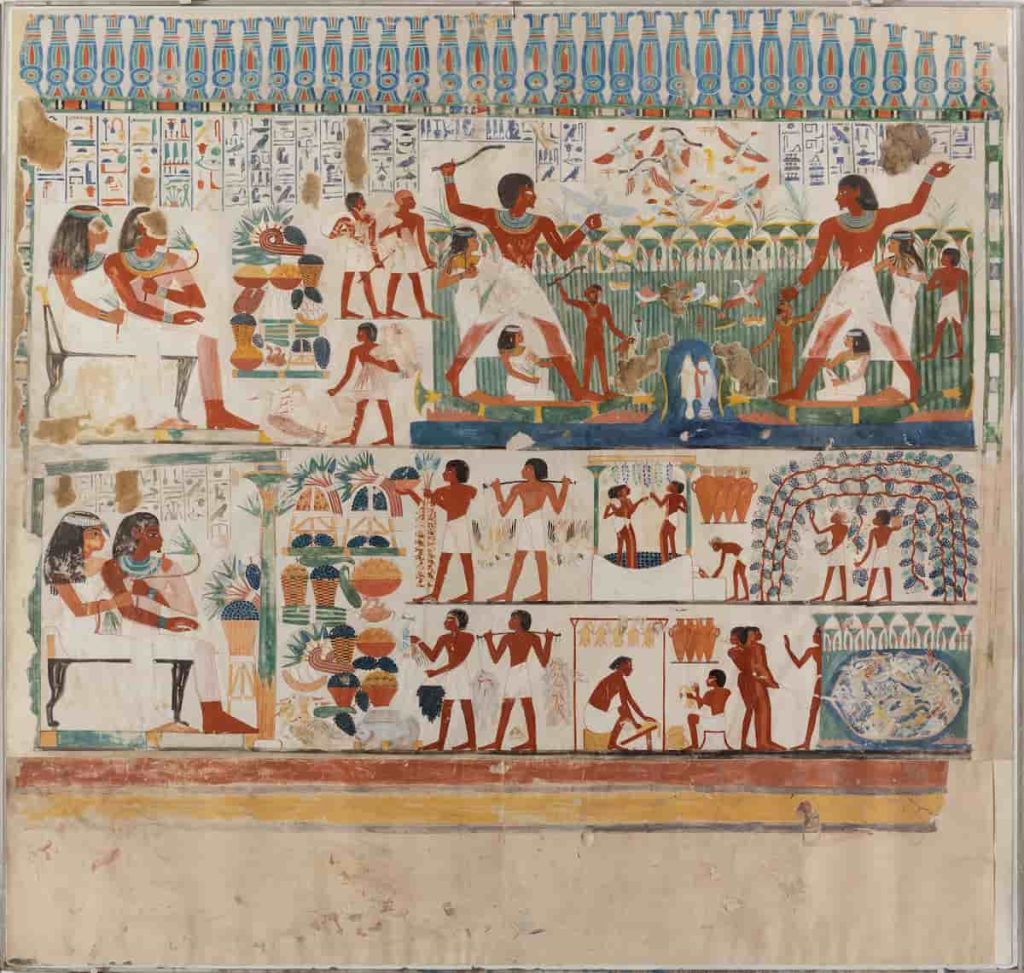
8. Writing and Language: The Hieroglyphic System of Ancient Egypt Civilization
The ancient Egyptians developed a highly complex system called hieroglyphics, which were figure signs used for words, sounds, and ideas. The system was principally used for weighty texts, inscriptions of a religious nature, and royal records. Writers, trained professionals, were taught this art of writing and then worked in temples, in government, and in trade. They would write with brushes or reed pens dipped in ink on papyrus, a paper-like substance made from the stalks of a papyrus plant that grew along the Nile River. They also incised their text into stone walls, temples, and tombs to preserve prayers, laws, and stories for all eternity.
The key to understanding this extinct language lies in the discovery of the Rosetta Stone in 1799. It had the same proclamation in hieroglyphics, Demotic (a later Egyptian writing), and Greek; this finally enabled scholars to crack the meaning of ancient Egyptian writing. Because of the Rosetta Stone, we have finally come to understand a lot about Egypt’s history, religion, and daily life. Their writing system is a window into how highly intellectual and advanced their civilization was.
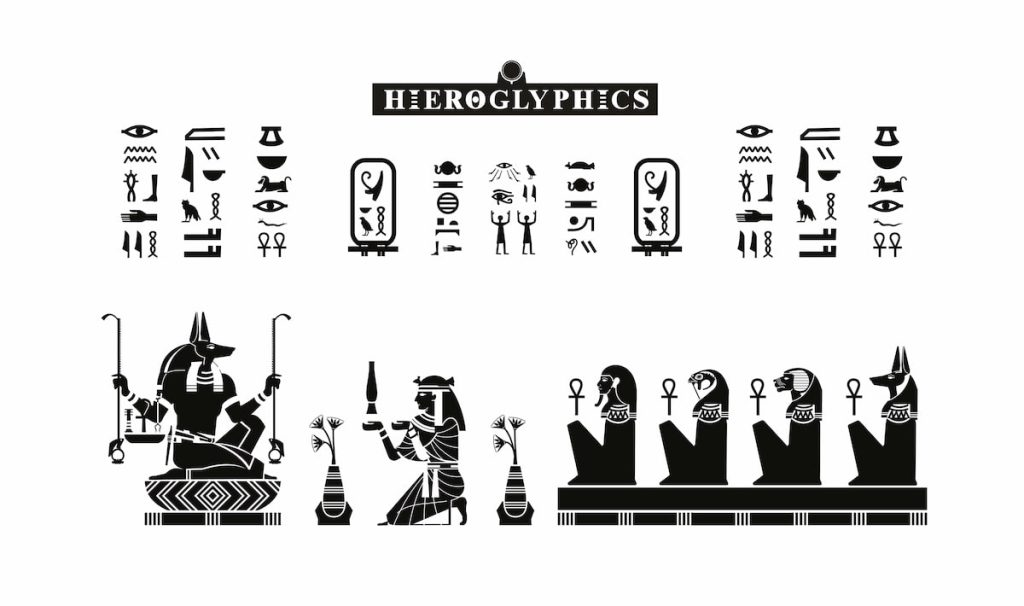
9. Power and Expansion of Ancient Egypt
Ancient Egyptian Military strength was one of the major factors for Ancient Egypt to become a strong and dignified civilization. In the early days, the Egyptian armies were simple and mostly meant for protective purposes. However, time changed the military in organization and power, especially during the New Kingdom. The Egyptians engaged in numerous famous battles, including the one against the Hittites at Kadesh, ensconced forever in the annals of history with one of the earliest recorded peace treaties. Their campaigns into Nubia in Africa and into the Middle East, into Syria and Canaan, brought Egypt much wealth and many resources.
The weapons used by the army included bows and arrows, spears, daggers, chariots, and, later on, bronze swords; they took their protection from shields and body armor. Soldiers were trained and sometimes led personally by the pharaoh, who was viewed as a warrior-king. The Egyptian military boosted Egypt’s ability to extend its boundaries, control trade routes, and dissolve cultures. By using its strength and sagacious leadership, the Egyptian military brought peace and power for hundreds of years.
10. Art, Culture, and Contributions to the World
Art, culture, and ancient Egypt’s many contributions are a single set responsible for having a vast influence on the world around us. Egyptian art was highly symbolic and typically associated with religion, daily life, or the afterlife. Lovely little trinkets were made from gold, silver, and precious stones; more than mere decoration, they symbolized power and protection. Pottery in Egypt answered to both utility and aesthetics, with marked drawings suggesting images of nature, animals, or deities. Since Egyptian sculptures surely represented Pharaohs and gods, very hard sculpted for eternity, they must have been placed in temples and tombs.
Going beyond beauty, Egyptian culture also contributed to modern systems of architecture, medicine, writing, and even fashion. They built their buildings and set criteria for art in terms of balance, order, and harmony. The use of columns and wall reliefs, and bright-colored wall paintings, found their way into Greek and Roman art, later influencing Western art. Egypt’s great tradition also turned into language, mathematics, and astronomy, which further energized world progress. If we looked into creativity and knowledge for a few instances, then ancient Egypt civilization would appear as a key contributor to the foundation of many things that we acknowledge today.
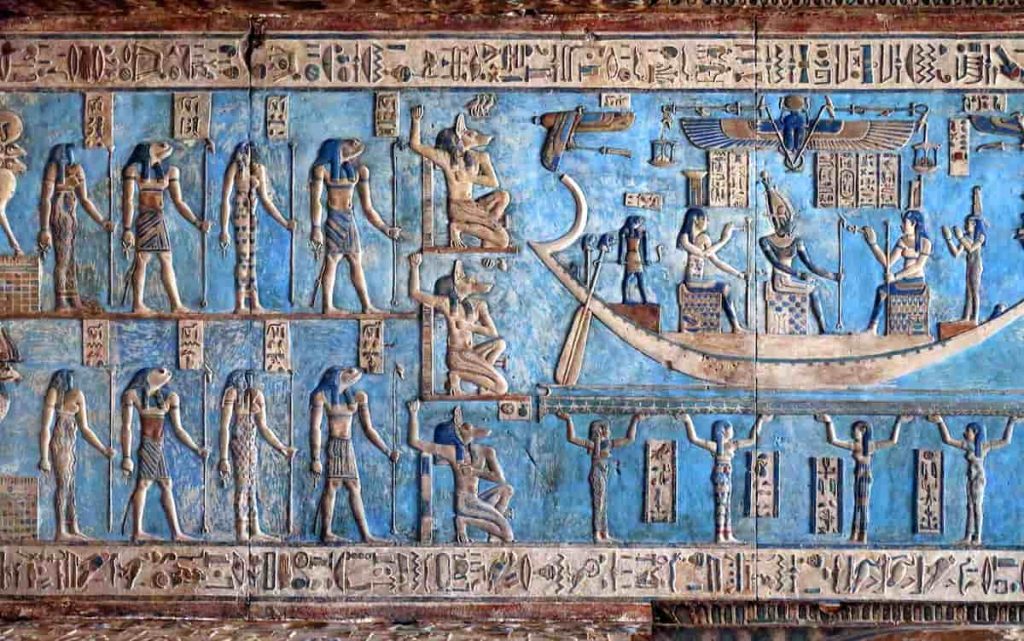
11. Trade and Economy in Ancient Egypt Civilization
Trade and economy were essential to Egypt’s strength and growth. An internal exchange of goods was carried on by the Egyptians, and so was trade with neighboring lands. There was a vast list of goods they needed to offer, except gold, grain, papyrus, linen, stone, and glass. On the other hand, they wanted to buy cedar wood from Lebanon; from Punt, they wanted to buy incense and ivory (Punt probably lies to the east of Africa); from the Near East, silver, copper, and wine. Sometimes with the help of caravans, sometimes by boats, and sometimes by long government-organized expeditions, these goods were brought.
Egypt’s foremost trade partners were Nubia, Punt, Byblos, and later on parts of the Greek and Roman world. The scribes recorded all considerations relating to trade, while officials took care of the commercial arrangements. Early Egypt did not have a coin currency; rather, people engaged in the barter system, where goods were exchanged for goods or services. From great ingenuity in trade and rich resources, Egypt built a strong economy behind the welfare of people, temples, armies, and large-scale building projects.
12. Famous Cities of Ancient Egypt Civilization
Famous ancient cities in Egypt contributed to politics, religion, trade, and culture. Memphis was one of the earliest cities and definitely among the key cities of ancient Egypt, being the first capital of united Egypt. Being at the point where Upper Egypt merged with Lower Egypt resulted in Memphis being the seat of government, religious worship, and crafts. A large temple of Ptah, one of the most venerated gods of that place, was located in Memphis.
Thebes also flourished in the southern land, and Egypt adopted it as an empire in the Middle and New Kingdoms. It became the religious powerhouse of the empire and was closely associated with the cult of Amun-Ra. Famous for its temples, the Thebes of old was home to Karnak and Luxor, plus the Valley of the Kings, where many pharaohs were interred.
Later, during the Greek period, Alexandria emerged as a major city. The great city was famous for the Library of Alexandria, the Lighthouse at Pharos, and as a hub of learning, science, and commerce in the Mediterranean world. Thus, the histories of these cities bear testimony to the greatness of Egyptian civilization through different ages and purposes.
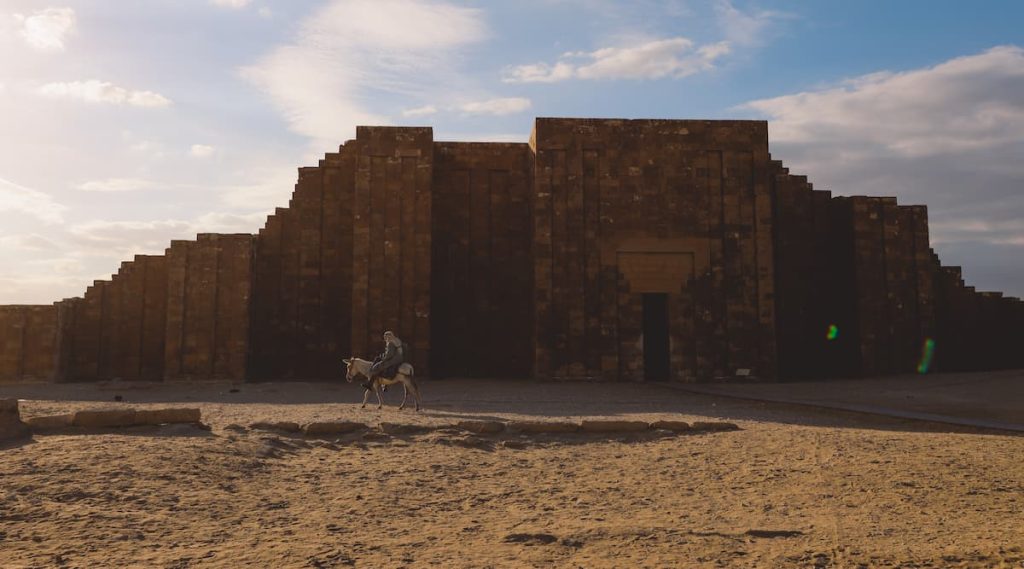
13. How long did the Egyptian civilization last
The ancient Egyptian civilization, lasting for over 3,000 years, is one of the most extended civilizations in history. It is said to have started around 3100 BCE when Upper and Lower Egypt were brought together. By their first pharaoh, thus beginning the Early Dynastic Period. This civilization went through major phases: the Old Kingdom (period of pyramids), the Middle Kingdom, and the New Kingdom (period of Egyptian empire).
After these periods of fame, the Egyptian culture remained rich and alive. Until Alexander the Great took it in 332 BCE, and even later, it became a part of the Roman Empire. Even though foreign lands ruled over it, the Egyptian culture and influence prevailed. That stretched into the beginning years of the Common Era.

